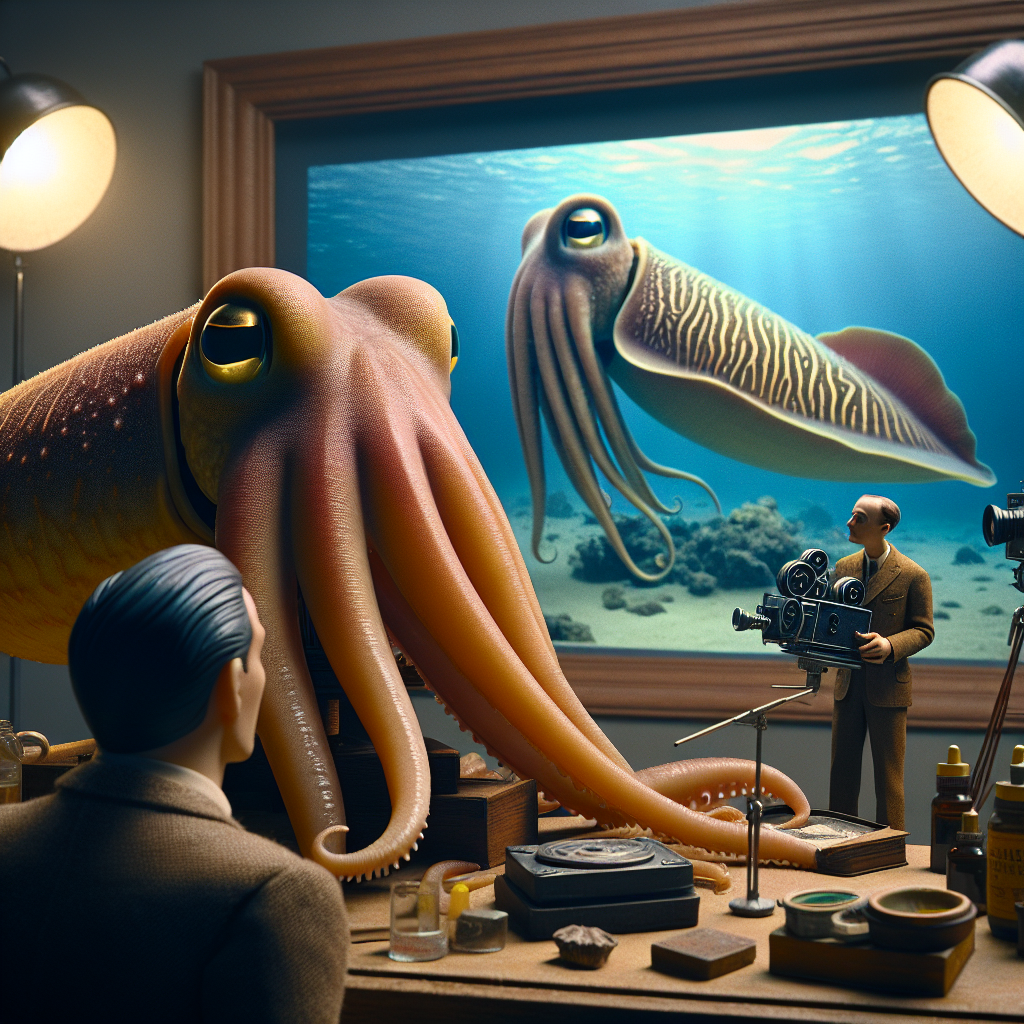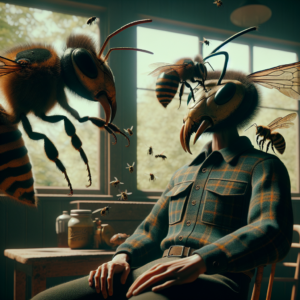Beyond the depths of the ocean, a cuttlefish has made a discovery that is struggling to be accepted by the scientific community. Forget what you knew about Atlantis, this is a matter for the cephalopods!
In an extraordinary underwater exploration, a cuttlefish named Sigmund accidentally stumbled upon the remains of Atlantis, the mythical lost city. Sigmund, who was equipped with a small camera attached to his body, captured irrefutable images of the vanished city.
“The images taken by Sigmund are shocking and disconcerting,” declared Dr. Oliver Tentacle, a cephalopod specialist at the Underwater University of New South Wales. “We were able to identify architectural structures, works of art, even what appears to be ancient writing. This is an incredibly important discovery for human history… made by a cuttlefish.”
Then, responding to critics who say that cuttlefish can’t really “discover” anything because they don’t have the same consciousness or perception of time as humans, Dr. Tentacle was able to reply: “I think Sigmund would disagree. He even set up his own underwater photo exhibition.”
The brave cuttlefish’s story doesn’t end there. Apparently, Sigmund also spotted a terrifying sea monster, similar to the one described by Jules Verne in “20,000 Leagues Under the Sea”. “This is probably the largest giant squid ever recorded,” added Dr. Tentacle, “but, at this stage, who knows? We live in a world where cuttlefish can discover Atlantis, anything is possible.”
To conclude, Dr. Tentacle gave a supposed quote from the exploring cuttlefish, “Blub blub”, which, in cuttlefish language, could mean anything from “Look, I found Atlantis!” to “Where has my plankton lunch gone?”.








Be First to Comment